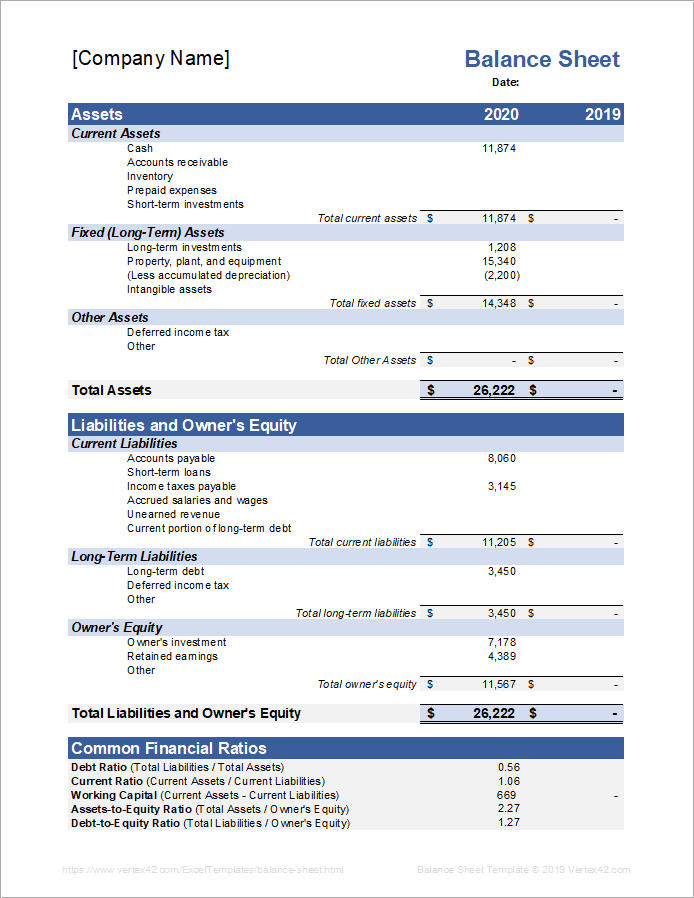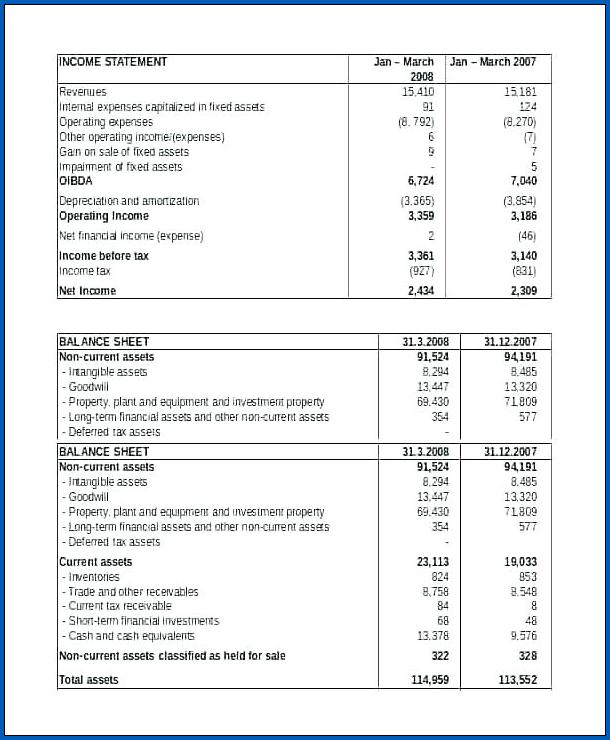Recommendation Tips About P And L Balance Sheet Fidelity Financial Statements

A balance sheet is a financial document that tracks an organization's shareholders, debt and assets.
P and l and balance sheet. It is prepared based on accounting principles that include revenue recognition, matching, and accruals, which makes it different from the cash flow statement. It focuses on analysing the income and expenses incurred during that time to determine whether the company made a profit or incurred a loss. When to use the p&l statement?
It’s also referred to as the income statement. One of the most common reasons small businesses start producing profit and loss statements is to show banks and investors how profitable their business is. P&l a/c which also called a statement of revenue and expenses or an income statement.
The balance sheet summarizes the financial position of a company for one specific point in time. So on a balance sheet, accumulated depreciation is subtracted from the value of the fixed asset. Profit and loss (p&l) statement balance sheet;
Balance sheets are useful for determining the overall health of company growth and operations. After the first year, your car would be shown on the balance sheet at the purchase price of $40,000 minus $8,000. All in all, a balance sheet is a statement of assets and liabilities.
A p&l statement provides information about whether a company can generate profit by increasing revenue, reducing costs, or both. The p&l report measures a company's financial performance over a specific period, while the balance sheet report assesses its financial position at a. Together, alongside the cash flow statement (cfs) and balance sheet , the p&l statement provides a detailed depiction of the financial state of a company.
Pp&e, depreciation, and capex depreciation and other capitalized expenses on the income statement need to be added back to net income to calculate the cash flow from operations. This article is a ready reckoner for all the students to learn the difference between the balance sheet and profit & loss account. The profit and loss statement summarizes all revenues and expenses a company has generated in a given timeframe.
What’s included in a balance sheet? So, the profit and loss account presents the net results of business activity during an accounting period. They offer details on profit and loss, assets, liabilities, equity, owner’s net worth, and more.
Structure of the profit and loss statement Your p&l statement shows your revenue, minus expenses and losses. The p&l statement shows a company’s ability to generate sales, manage expenses, and create profits.
On the balance sheet, it feeds into retained earnings and on the cash flow statement, it is the starting point for the cash from operations section. This summary provides a net income (or bottom line) for a reporting period. The outcome is either your final profit or loss.
Example of a p&l statement. The p&l depicts a period of time summarizing operations. Balance sheet a balance sheet reports a company's.

















